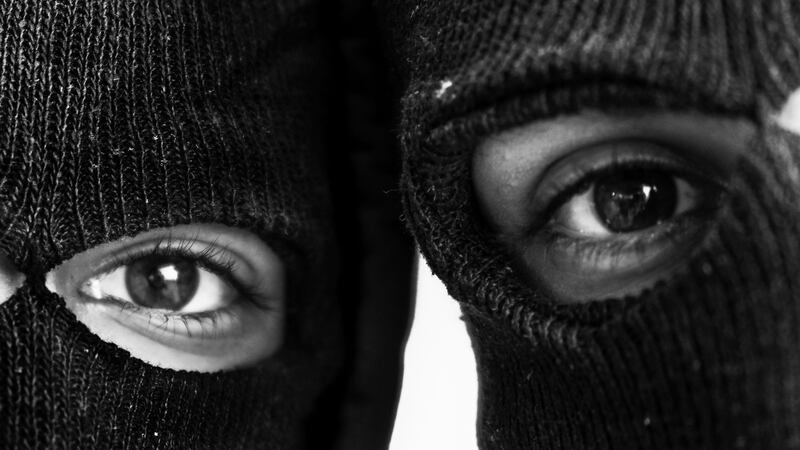Saturday marks World Photography Day. And in celebration, The National has rounded up some of the best artists behind the lens from across the Arab world.
Here are eight to know.
Youssef Nabil
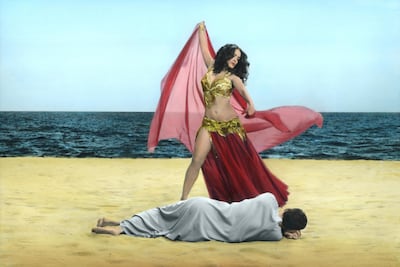
Egyptian artist Youssef Nabil’s work combines different artistic sensibilities from the East and West.
Nabil first gained recognition for his stunning portraits of renowned artists and film stars including Robert De Niro, Alicia Keys, Iranian visual artist Shirin Neshat, French actress Catherine Deneuve and Egyptian actors Omar Sharif and Faten Hamama.
Nabil’s portraits and his later works, where he creates otherworldly images, are mesmerising not only for his distinctive hand-colouring technique on gelatin silver prints, but for the way he captures his sitters and subject matter.
Amir Hazim
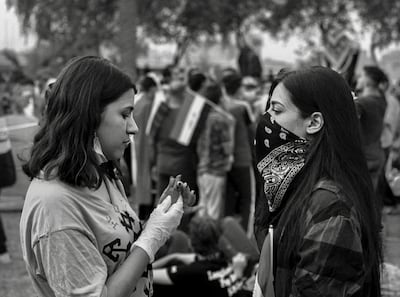
Living between Dubai and Baghdad, Iraqi photographer Amir Hazim’s work captures streets, portraits and architecture.
Hazim’s work is known for his cinematic, black-and-white photography – often capturing moments as they occur organically – as well as more considered and composed images through his portraits.
Across all his works, Hazim records his own observations and Baghdad's social history, while exploring human nature and presence, as part of a larger conversation around cultural complexity and archiving the present moment.
Van Leo
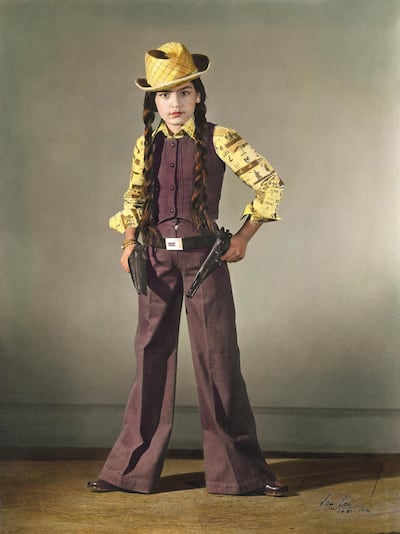
Van Leo is perhaps one of the most important figures in the art of portraiture of his generation, making a profound impact on Arab pop culture.
Leo and his family escaped the Armenian genocide in 1925 when he was four and settled in Egypt. Growing up in the '30s, Leo had an interest in photography and undertook an apprenticeship in the field before opening his own studio with his brother in 1941.
Leo’s portraits of people, particularly those of Egyptian celebrities, were influenced by Hollywood’s glamorous and theatrical aesthetics. His extreme attention to detail, from lighting, composition and style, produced some of his memorable images. These include portraits of renowned figures such as poet Doria Shafik and writer Taha Hussein, as well as his own innovative self-portraits.
Mous Lamrabat
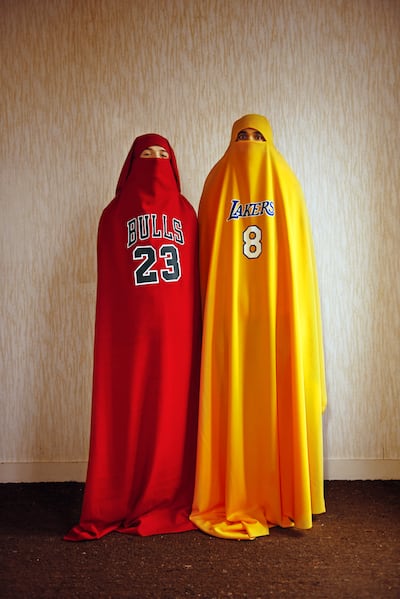
Moroccan-Belgian photographer Mous Lamrabat has taken the idea of hybrid style to a new space.
Speaking to the generation of Middle Eastern people who are reinterpreting their heritage through an urban and more international voice, Lamrabat explores identity, globalisation and fashion.
The subjects in his portraits wear niqabs, abayas and kaftans along with other distinctly traditional items of clothing and patterns, which he styles and photographs in a way that reframes them culturally without losing their authenticity.
Marie Al Khazen
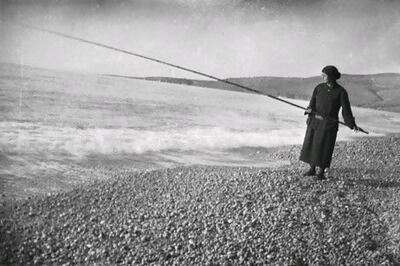
Marie Al Khazen was an early adopter of photography in Lebanon. Her images of rural life in the 1920s are considered a unique archival record of the region at a particular time. The photo above illustrates Al Khazen's style of capturing landscapes and how people interact with nature.
Aside from her landscape photographs, which she developed using a set-up in her own darkroom, Al Khazen also photographed people in particular narratives dressing them in specific clothing.
One of her most well-known images is entitled Two Women Disguised as Men, a self-portrait of her with her sister where they are smoking and dressed in western business suits under a large painted portrait of their grandfather.
Hassan Hajjaj
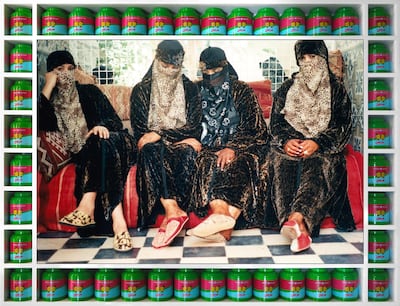
Known for combining Moroccan and western pop culture in his work, Hassan Hajjaj has made a name for himself internationally by subverting his audiences’ expectations.
In his work Chillin, four Morrocan women are dressed in what seems to be traditional clothing. However, instead of wearing traditional black, the fabrics are animal print or adorned with the logo of a high-end fashion brand. Even the women's poses, with two looking downward and the others gazing out at the viewer, are a commentary on how women, particularly Arab women, have been depicted in art and photography.
These contrasts create jarring and fun concepts, which are also displayed in another one of his most famous works Kesh Angels in 2010.
Here, Hajjaj photographed five veiled women sitting comfortably in "power poses" on motorbikes in front of Marrakesh's Theatre Royal.
Latif Al Ani
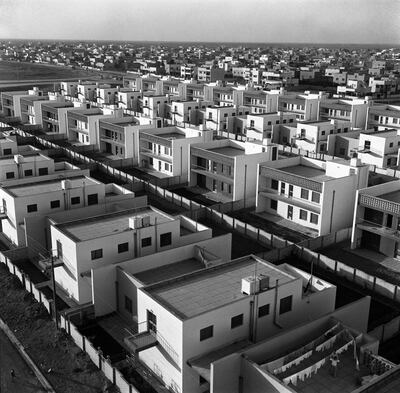
Known as the "father of Iraqi photography", Latif Al Ani captured the country's changing face as it entered a new urban phase.
From the 1950s to the 1970s, Al Ani was one of the only photographers to archive the country’s changing architectural and rural landscapes, alongside Baghdad’s post-colonial society and the rising middle class.
Chronicling Iraq before the rise of Saddam Hussein, Al Ani captured the boundless optimistic spirit of the country's golden age as it experienced a socio-economic boom and entered into a modern, exciting future, while also remaining true to its heritage.
Khalil Hamra
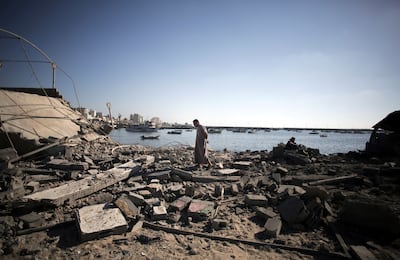
Palestinian photojournalist Khalil Hamra has gained worldwide recognition for his powerful work across the region.
Since joining the Associated Press in 2002, he’s covered and documented the blockade of Gaza, the Egyptian uprisings and the civil war in Syria.
In 2009, Khalil was recognised by the Overseas Press Club of America with the Robert Capa Gold Medal for his series covering the conflict in Gaza and has won two Pulitzer Prizes in the breaking news category (2013 and 2019).
